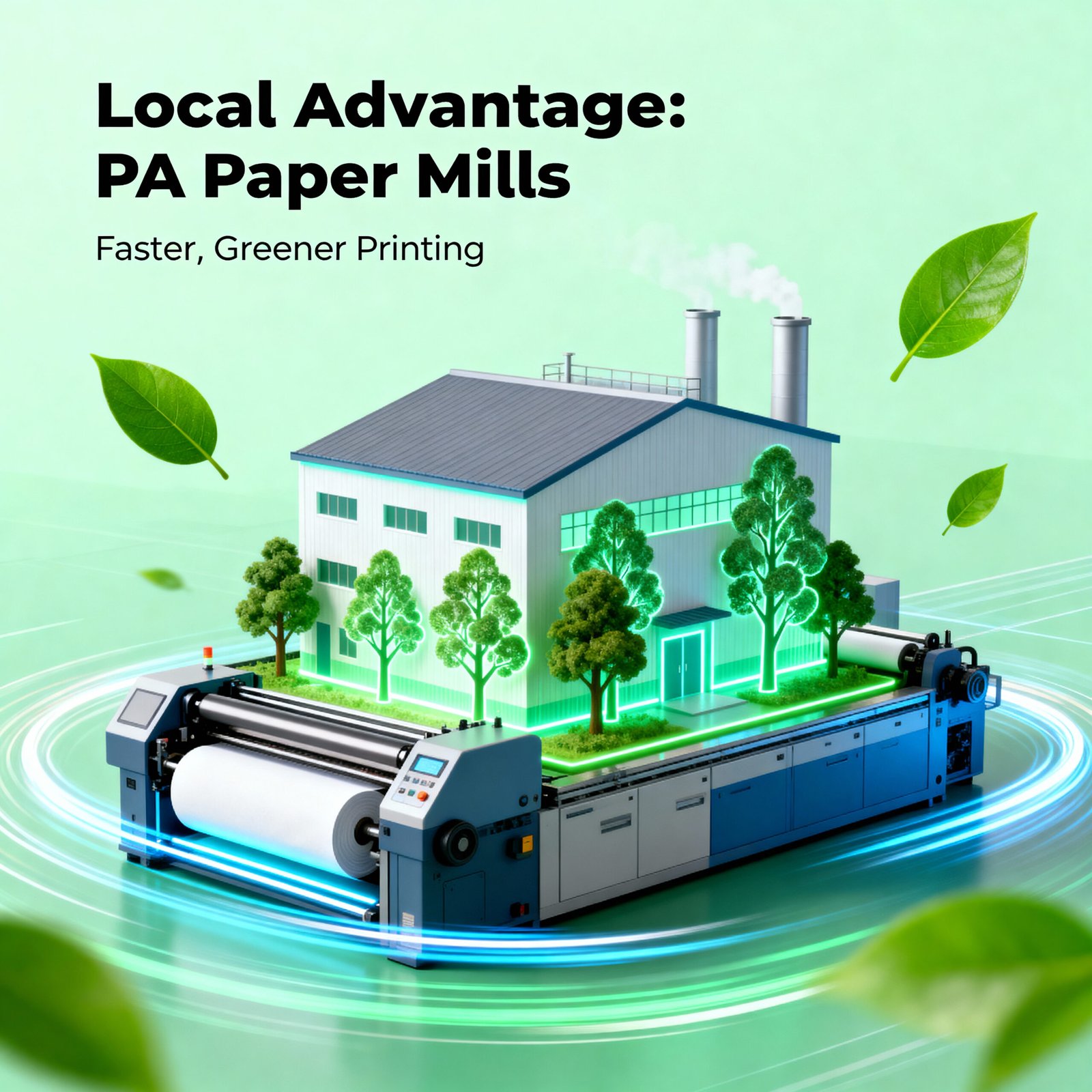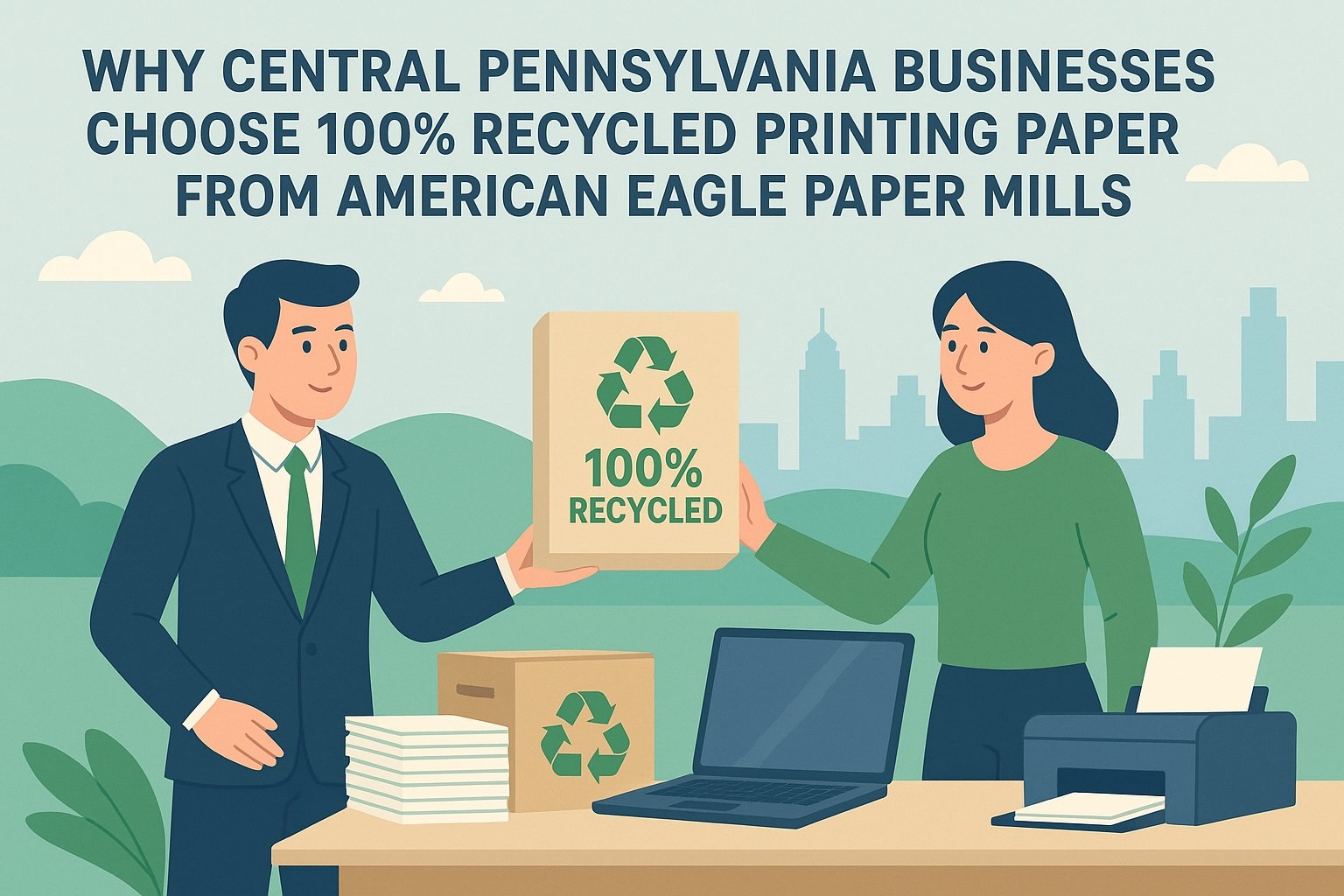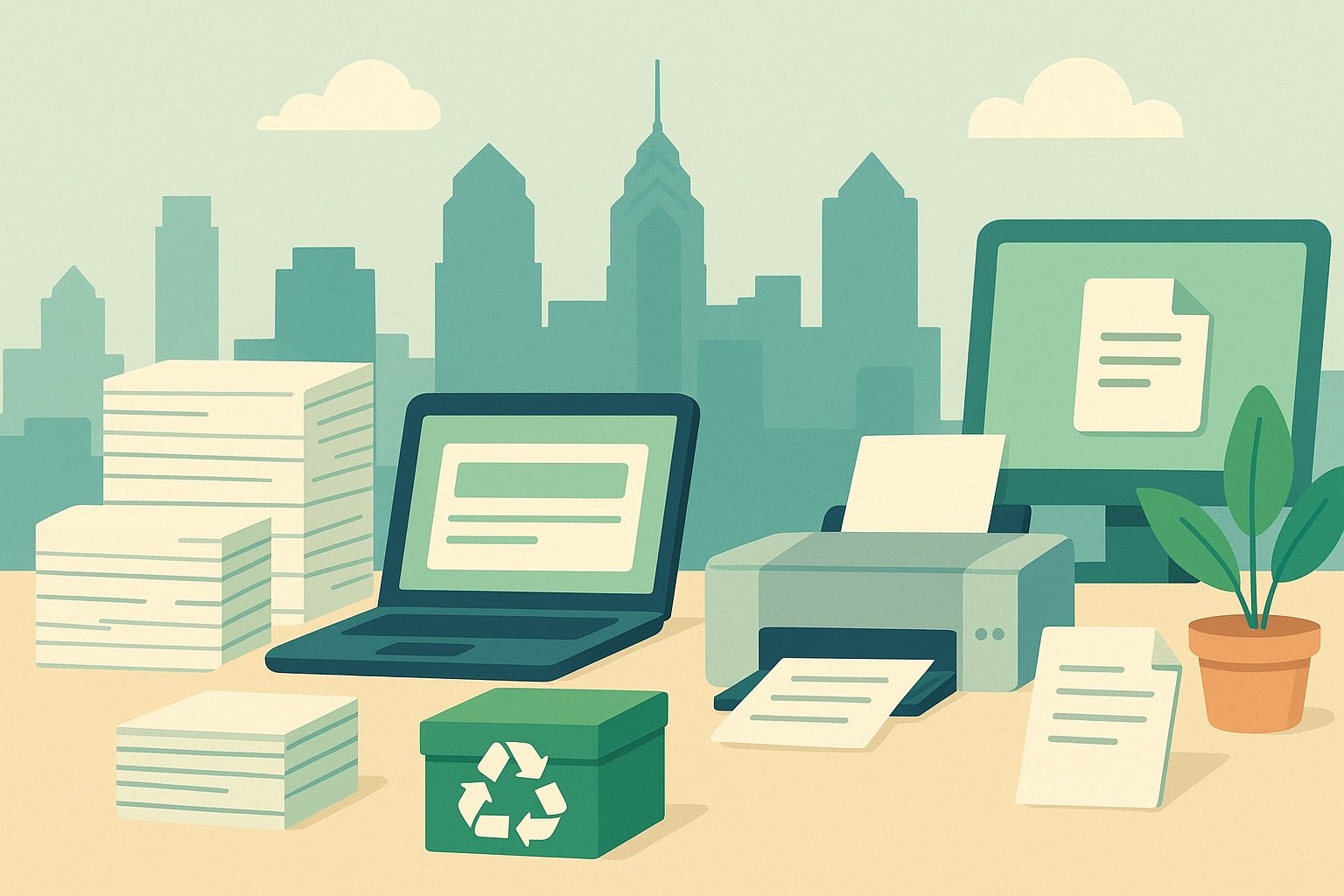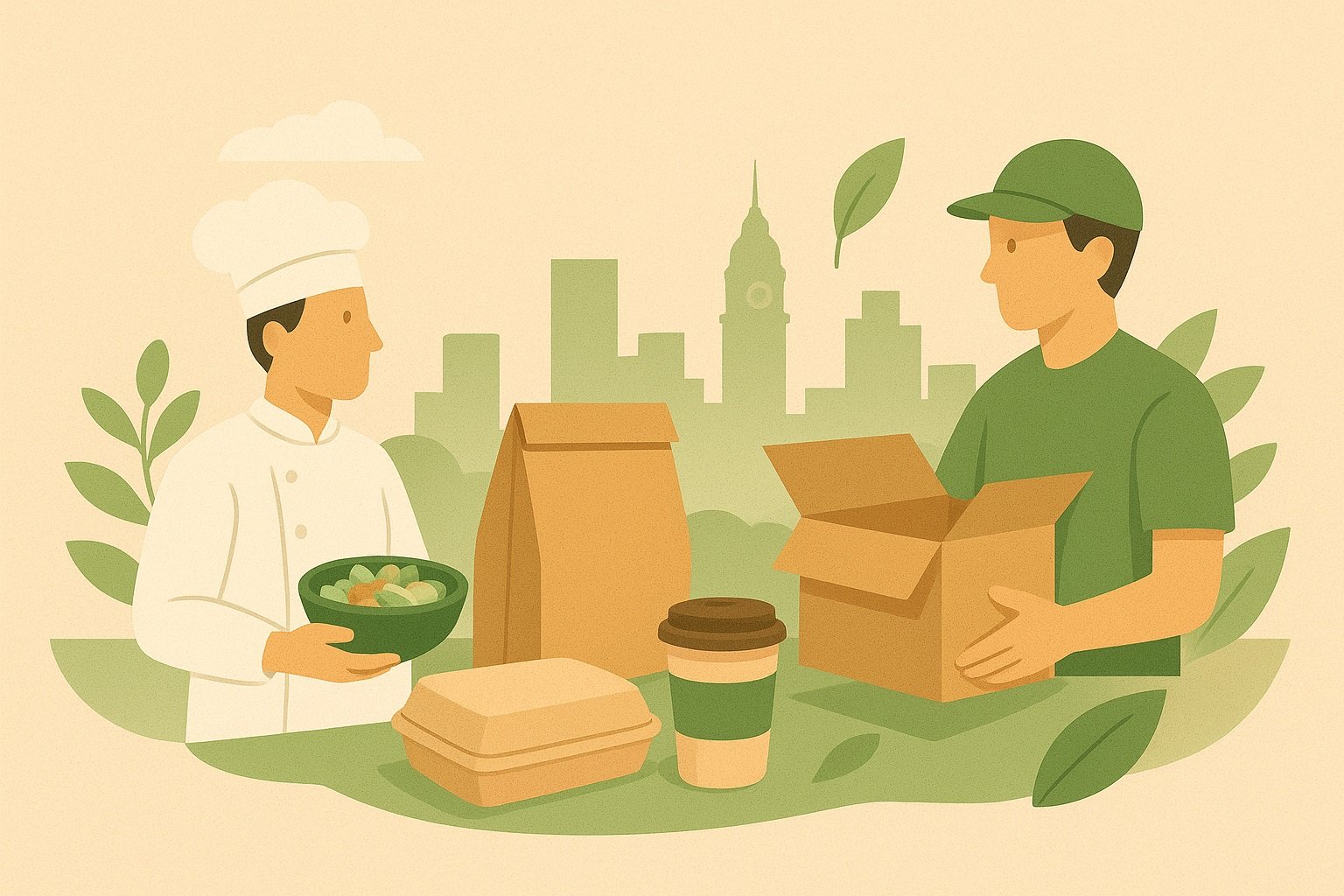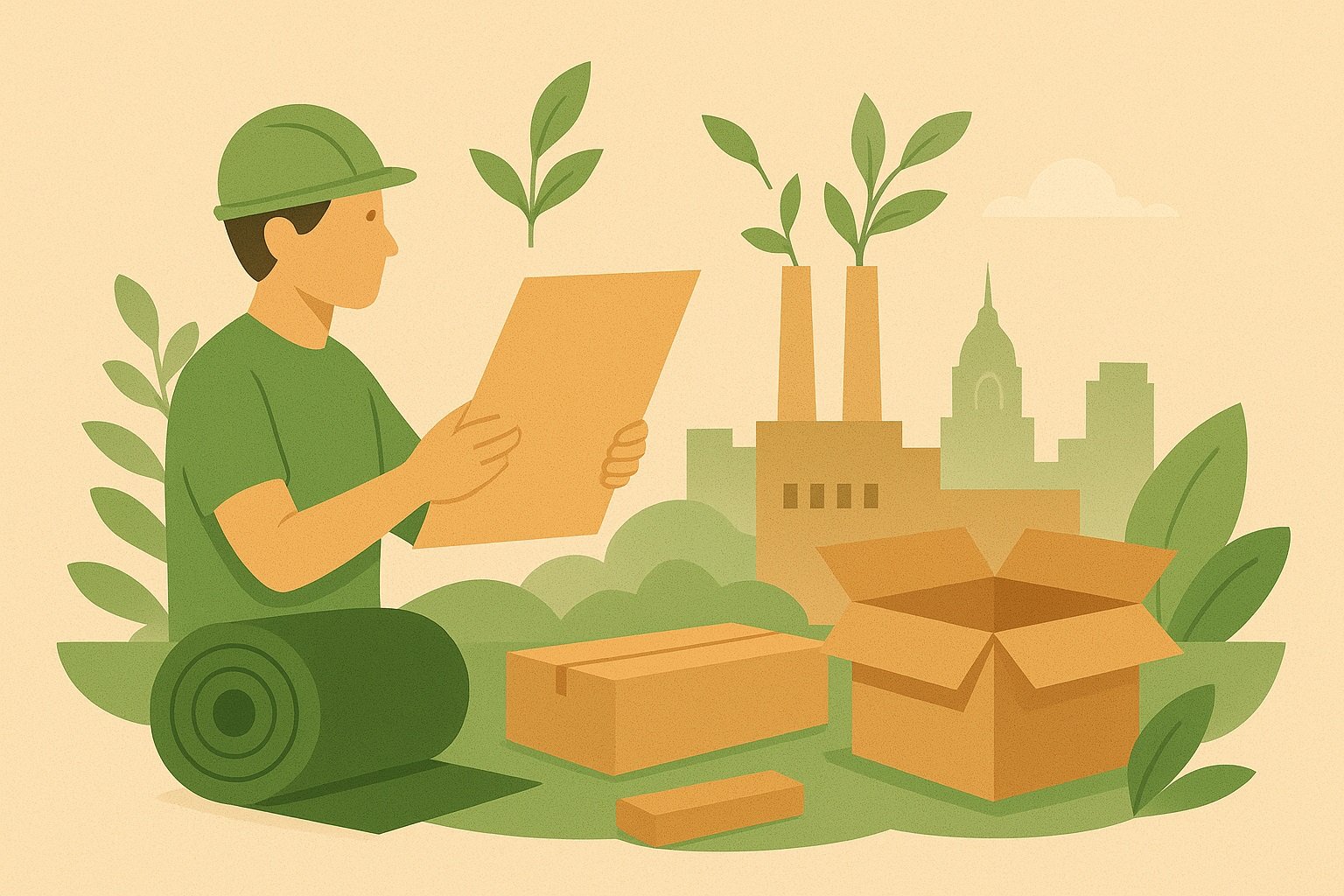Modern catering packaging is not just about food and beverages; it is about delivering services that leave a mark. Excessive food waste, reliance on disposable essentials, resource overuse, and the like are major concerns faced by this sector.
To resolve this issue, incorporating sustainable catering supplies and eco-friendly packaging is now a standard practice. The catering management plan portions, repurposes leftovers, and donates surplus food to charitable organizations.
On the other hand, paper mills are prioritizing their production from recycled paper and sustainable pulp sources. Additionally, with such initiatives, they have adopted responsible processes to minimize the environmental impact.
What do Catering Services Offer?
The basic duty of a catering service is to serve and deliver meals and drinks to the guests or customers. The caterers also work with the event organizers to design menus, manage logistics, coordinate service staff, and complement every detail with the setup.
From corporate gatherings and conferences to intimate functions, weddings, and large-scale festivals, they do it all.
The trendsetting catering, along with its commitment to eco-conscious protocols, emphasizes creating memorable experiences for its customers. They balance taste, presentation, and efficiency in one package that encourages guests to return.
What are the Modern Trends in Catering Packaging Service?
Health-Oriented Menus
The culinary offerings feature ingredients that are fresh, locally harvested, and chemical-free or organic.
The menu selection includes a variety of vegetarian, vegan, gluten-free, keto-based, and allergen-friendly dishes. The caterers also serve calorie-conscious meals that are light and rich in nutrients that have the same exquisite taste.
Low-Impact Practices
A greater uptake of compostable catering supplies and energy-saving kitchen appliances is seen among the culinary service providers. They also participate in zero-waste initiatives, carefully planning portion sizes and redirecting excess food to those in need.
Interactive Experiences
The live cooking sessions, where the chef prepares the food in front of the guests, double the excitement of the event. Made-to-order beverages, taco bars, sushi stations, and dessert customization booths all contribute to a captivating dining atmosphere.
Digital Integration
The advancements in technology have enabled clients to select menus, schedule services, and make payments digitally. They can also do virtual tastings before their bookings.
For the caterers, event management software makes organizing, logistics, and inventory easy and efficient.
Fusion of Cuisines
The most attractive feature of catering services is food, which they excel in. To make things a bit different, the tastes of different cultures are blended to create a unique dish.
Although a fusion of textures, the chefs are careful to keep the authentic flavors alive within the global-inspired plate.
Personalized Experiences
- The clients opt for tailored menus that reflect the event theme, along with the preferences and profiles of the attendees.
- Firms use custom packaging and presentation for their events to market themselves.
- Some dining experiences incorporate storytelling and other interactive elements to engage the audience.
Emphasis on Presentation
Elaborate plating and styling techniques make the food visually appealing. The creative designs are also photographed and shared online for branding.
How are the Sustainable Solutions Reducing Event Wastes?
Recycling and Post-Consumer Paper
Catering agencies are more inclined towards the use of paper products. This has given an incentive to the paper mills to produce paper from recycled and scrap items.
This initiative has greatly reduced event waste, as post-consumer materials do not pile up in landfills. It is proven that recycled paper consumes less energy and water resources.
Furthermore, the dependency on virgin wood pulp has diminished, solving the problem of deforestation.
The organizers have also made it a habit of utilizing recycled paper for all their paper requirements, including brochures, napkins, and eco-friendly packaging.
Compostable and Biodegradable Products
Manufacturers are now making the paper products from plant fibers, typically using bamboo, plant leaves, sugarcane, cornstarch, and the like.
Such natural inputs break down and replenish quickly without releasing harmful toxins into the soil or water. Their disposal becomes a source of nutrients instead of polluting the environment.
Durable and Reusable Items
A major chunk of the waste consists of paper items that are discarded after a single use. Local paper mills have addressed this issue by introducing reusable catering supplies and eco-friendly packaging. These include:
- Laminated and water-resistant menus and signage that withstands spills and weather
- Customized event materials like invitations and packaging to reduce overproduction yet maximize utility.
Such long-lasting efforts have significantly lowered the volume of paper waste.
Responsible Production
The manufacturing techniques engineered by the paper mills follow:
- A closed-loop water system reuses the resource to control water consumption.
- Energy-efficient machinery that uses renewable resources decreases carbon emissions.
- They transform the waste byproducts, such as pulp sludge, into compost or construction material.
Local and Direct Supply Chain
Partnering with local paper mills is beneficial for:
- Shorter distance travels consume less fuel, which in turn helps in scaling down the carbon footprint.
- Swift transits adapt to minimum protective material, reducing packaging waste.
A Sustainable Solution to All Your Paper Needs
If you are looking for paper items in bulk for your business needs, American Eagle Paper Company Inc. has got you covered. We incorporate eco-friendly materials and practices to ensure your business falls under the sustainable standards.

